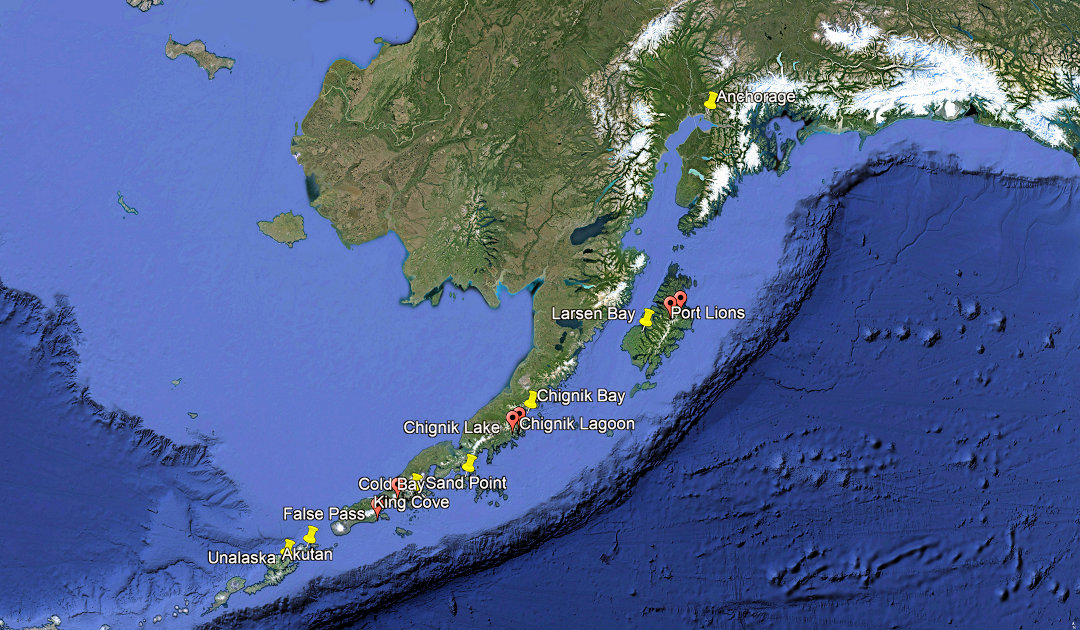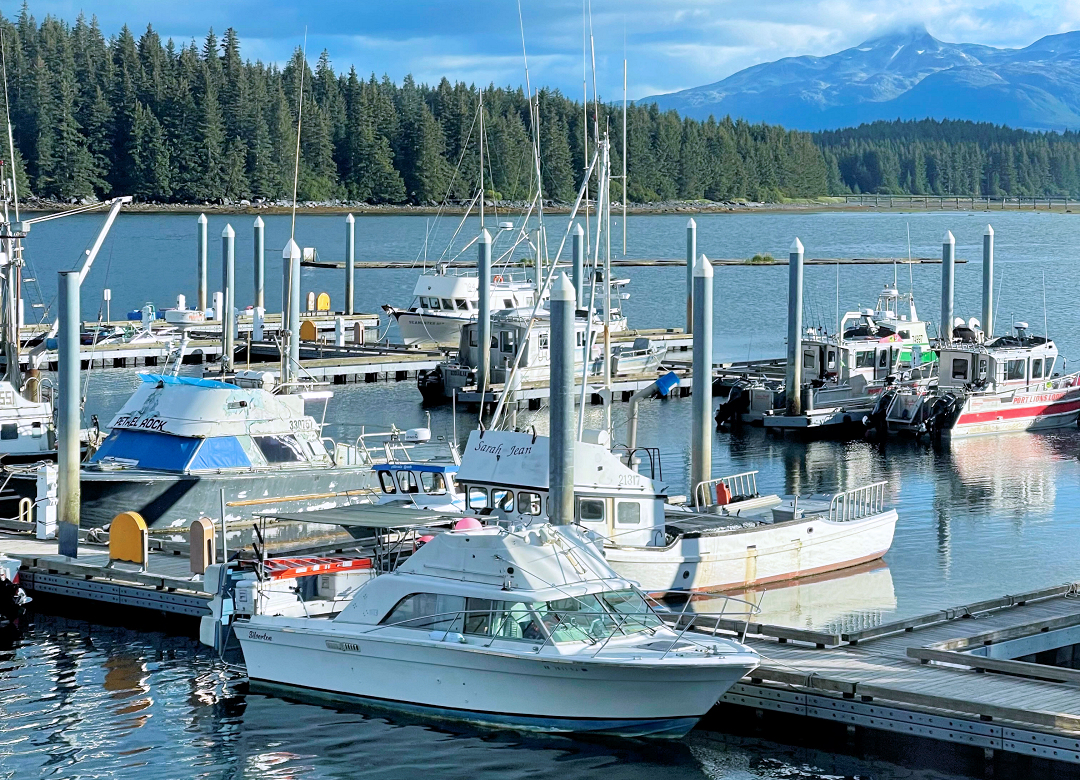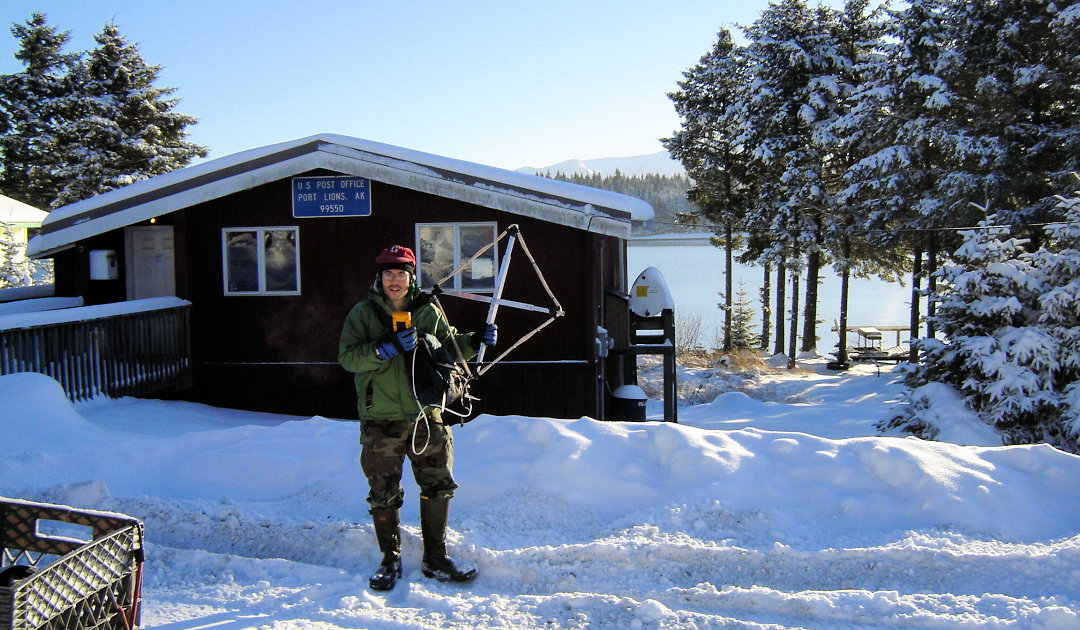
Fast communication and information flow is possible in today’s society primarily thanks to well-developed infrastructures and we can hardly imagine life without them. But what is taken for granted is not commonplace in large parts beyond the Arctic Circle. Especially in Alaska, that Arctic corner of a country once considered the founder of modern telecommunications, the infrastructure to guarantee fast and reliable communication with the rest of the world is lacking. But now this situation seems to be changing for some communities.
A multimillion-dollar project by telecommunications provider GCI has been underway for several weeks along the Aleutian Islands, a chain of islands off Alaska. The goal is to provide households in the communities on the islands with a fast, reliable Internet connection via fiber optic cable in the next two. Now, the U.S. federal government in Washington has released another $29.3 million (about 30 million euros) for the connection of the community of Port Lions on Kodiak Island and five other localities on the Aleutian Islands. The responsible National Telecommunications and Information Administration (NTIA) of the U.S. Department of Commerce has published a corresponding notice. That means a big cash infusion for GCI, whose project has already received $58 million.



The NTIA financial grant was awarded as part of the Tribal Broadband Connectivity Program initiated by President Joe Biden and Vice President Kamala Harris and implemented by the NTIA. This is a nearly $1 billion program to connect Native American communities to existing high-speed Internet. To do so, governing bodies or Native institutions must apply to the NTIA.
The NTIA’s Tribal Broadband Connectivity Program is a once-in-a-generation opportunity to close the digital divide and bring digital equity throughout the region and the state..
Nancy Nelson, President Port Lions Tribal Village Government
In this case, this was done by the local administration of Port Lions PLTG (Port Lions Tribal Village Government), in collaboration with local stakeholders from other places (businesses, agencies, institutions, indigenous leaders). Accordingly, the parties involved are happy with the decision, which not only brings high-speed Internet to Port Lions, but also includes five other communities in the Aleutian Islands and Kodiak. “Everyone agrees that fiber provides the fastest and most reliable broadband service, and we’re excited to partner with GCI to extend fiber-based internet service further into the Aleutians and across Kodiak Island,” said Nancy Nelson, PLTG president. “And this isn’t just about our community. The NTIA’s Tribal Broadband Connectivity Program is a once-in-a-generation opportunity to close the digital divide and bring digital equity throughout the region and the state.” The commitment means a total of 930 households on the islands will have the fastest and best Internet access now standard in mainland cities.

Work along the island chain has been underway for weeks. Around 1,300 kilometers of cable are to be laid, facilitating digital communications for around 7,200 residents. The localities benefiting from the new grant again number about 300 people. Stakeholders from various sectors of politics and society, both in the region and at the state and federal levels, believe that the expansion will also give a new boost to the previously declining population trend. “Affordable and reliable high-speed Internet means access to jobs, health care and education for these remote villages,” says U.S. Deputy Commerce Secretary Alan Davidson, for example. “It also means they are keeping the future of their community alive by bringing their community members back home.” And for GCI Vice President Billy Wailand, connecting communities to hi-speed Internet is the starting gun for better economic development: “The fiber network will provide a critical advantage to consumers, fishing and maritime industries, schools and clinics, and help these remote communities reach their full economic potential.”
Dr Michael Wenger, PolarJournal
Contributed photo: Cold Bay on the Aleutian Islands. Population: 50 (2020), Image: Jennifer Merculief
More on the topic





